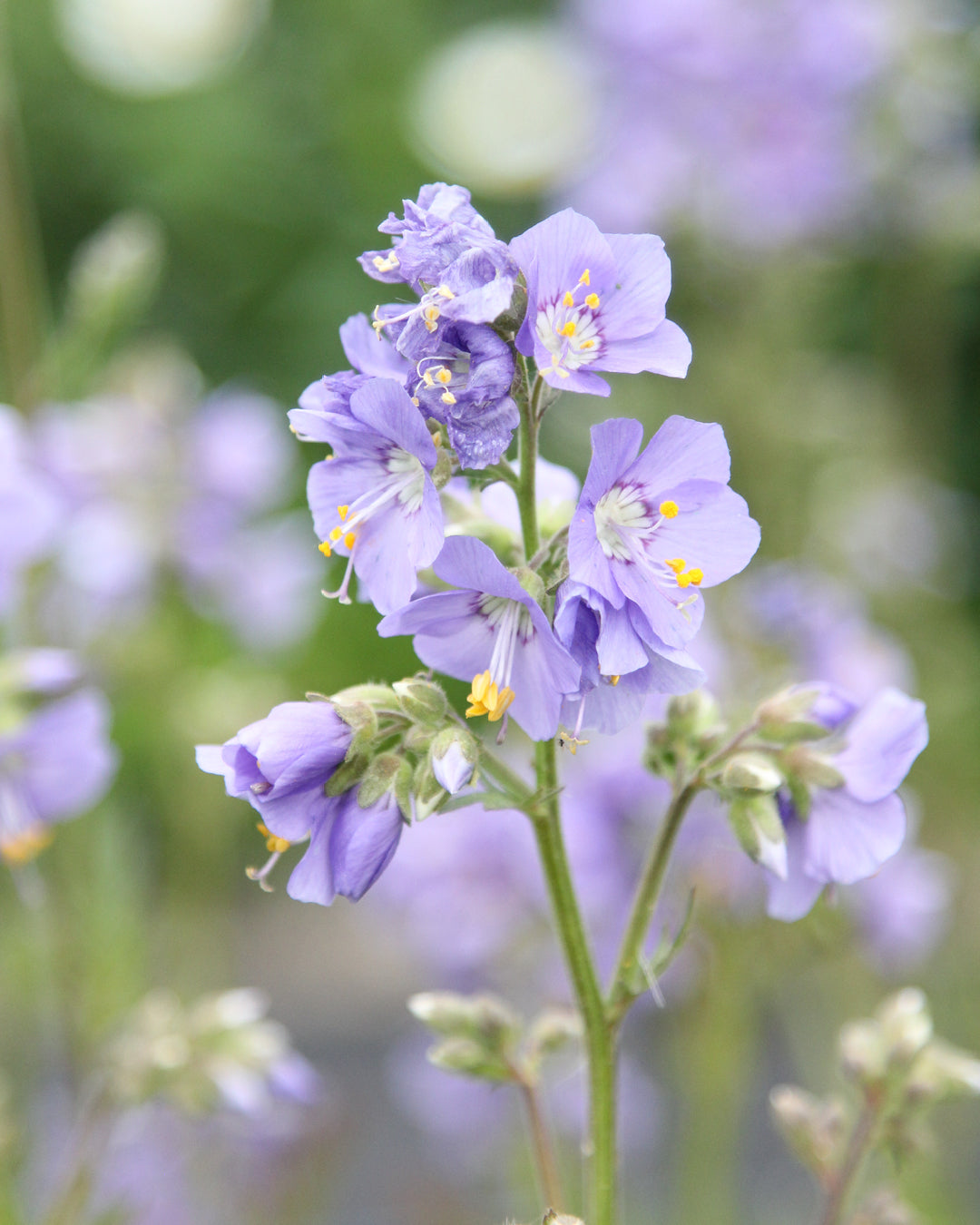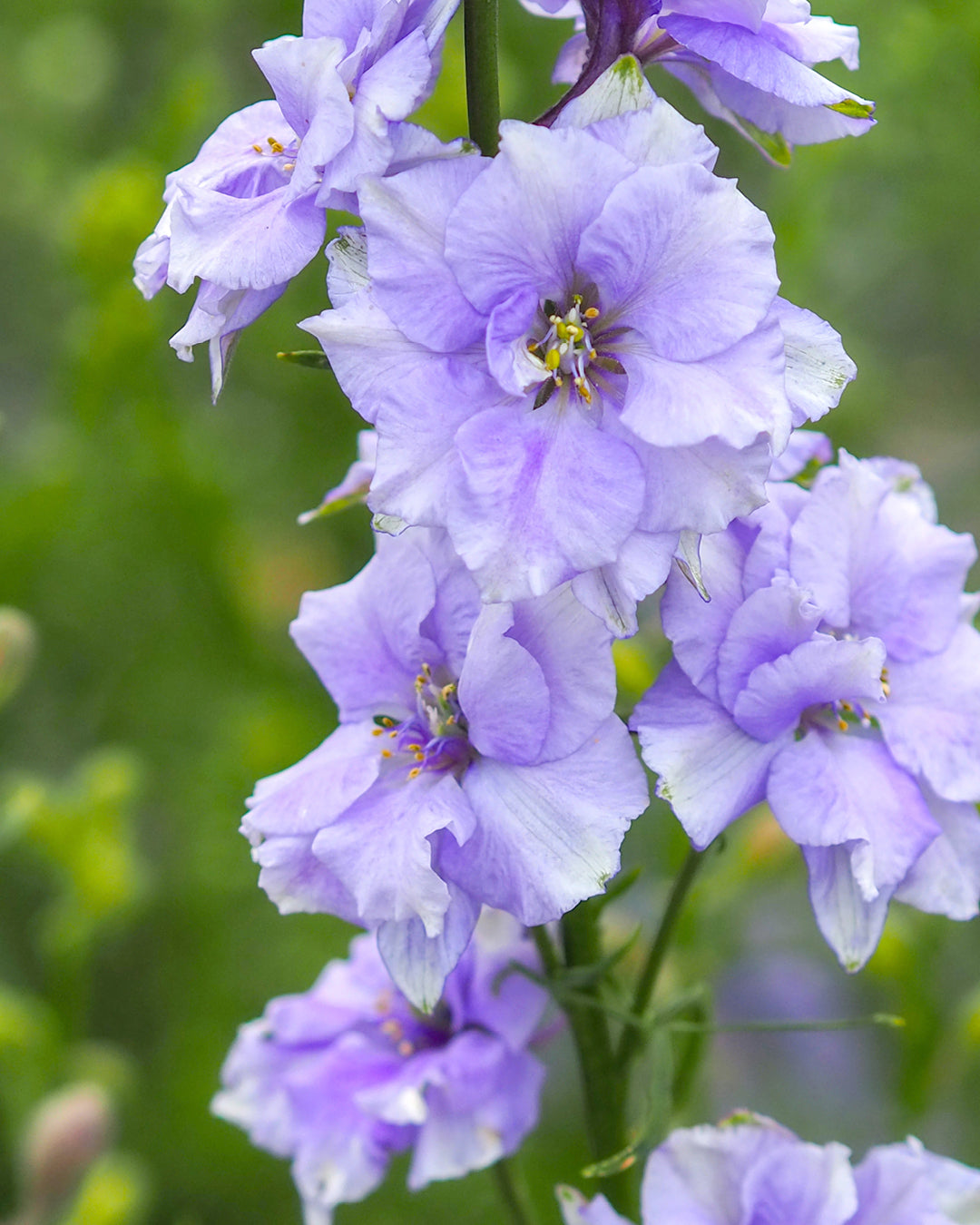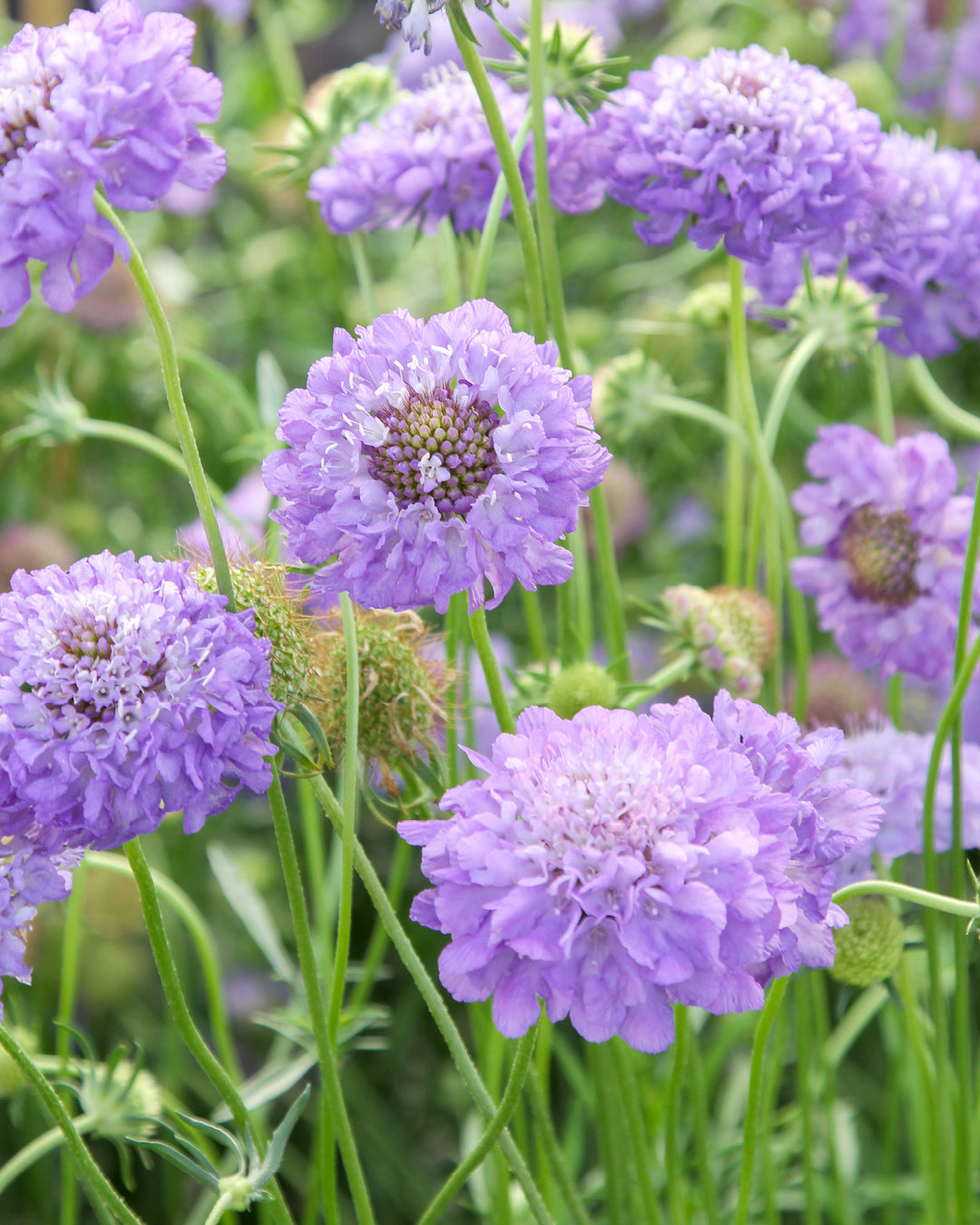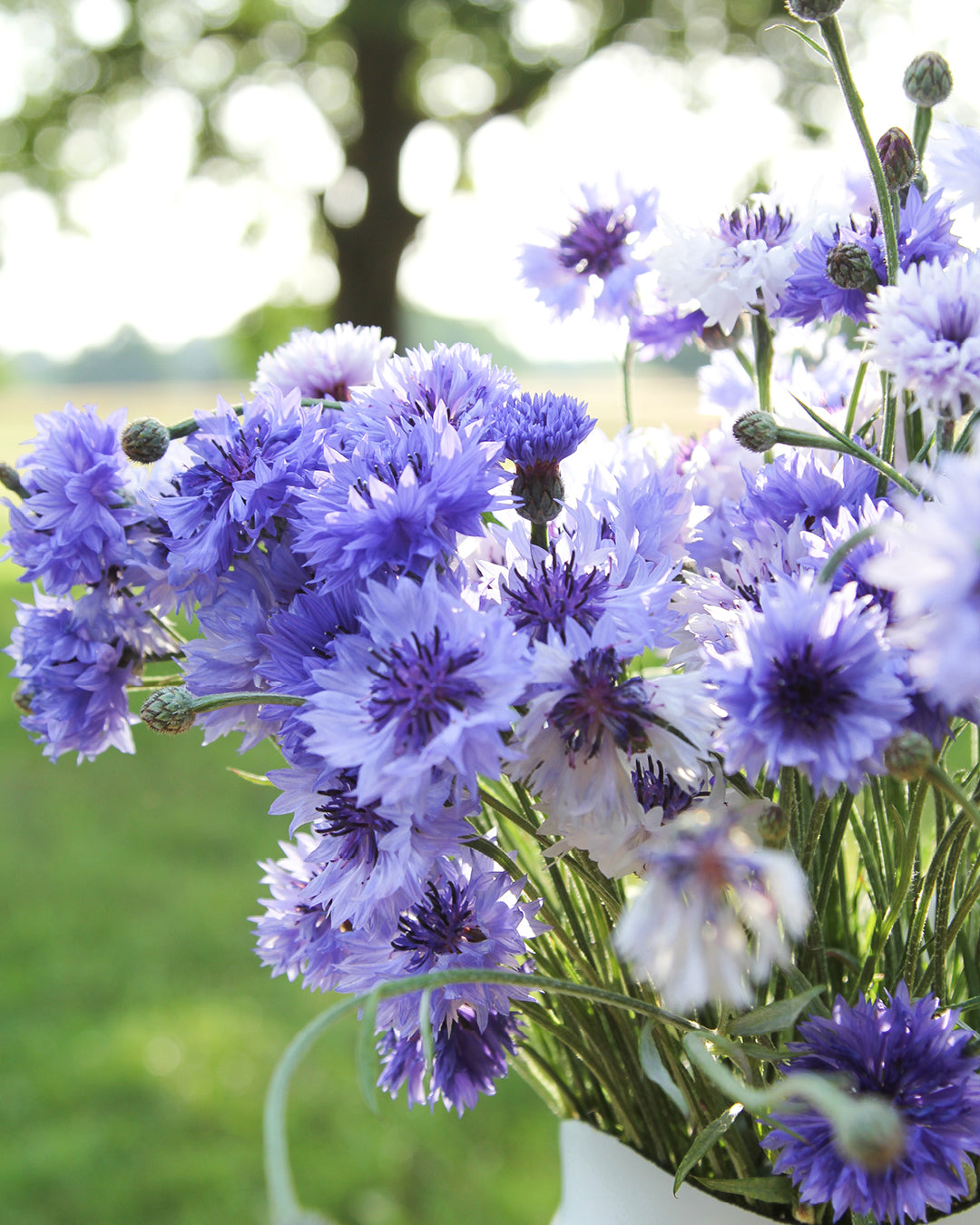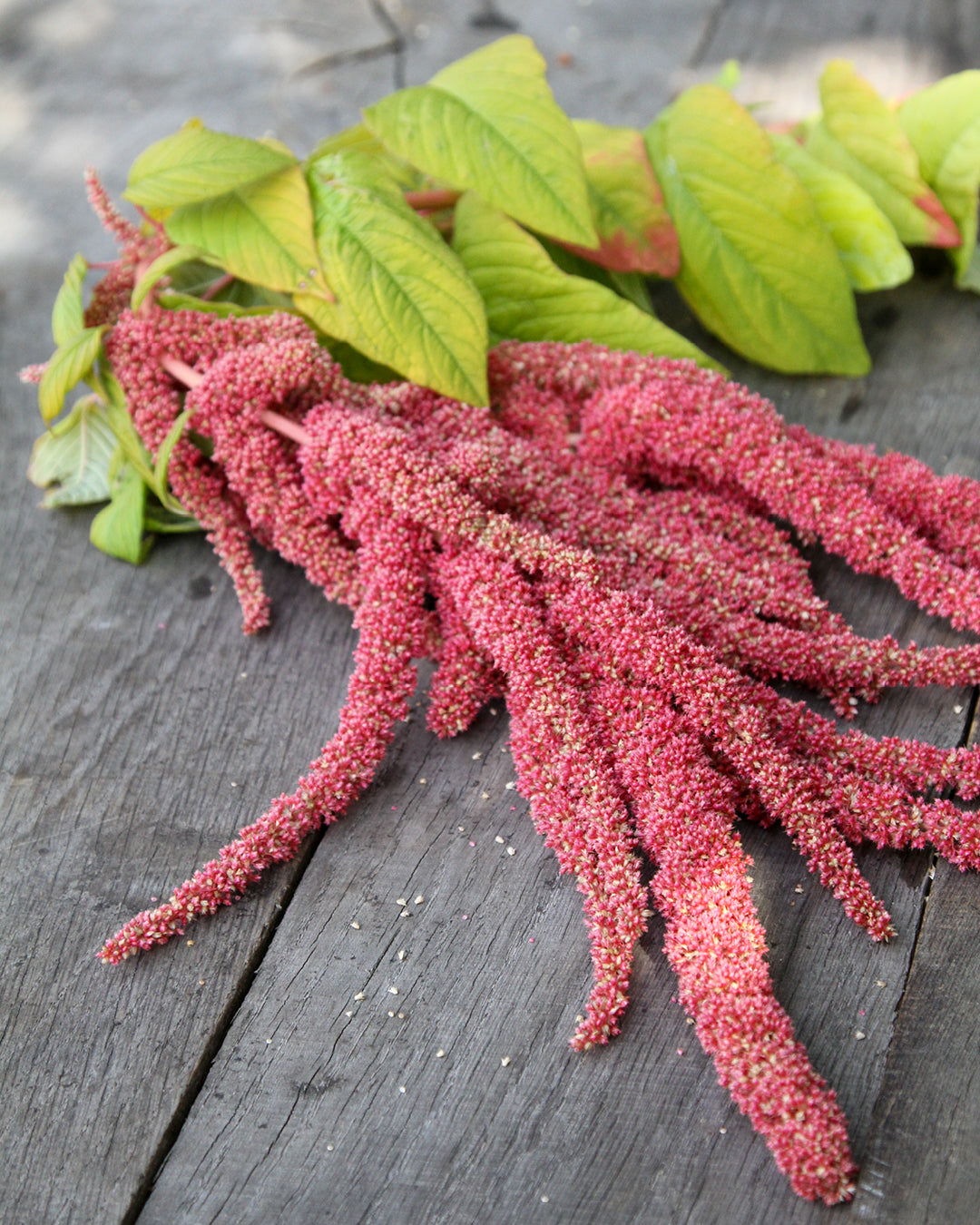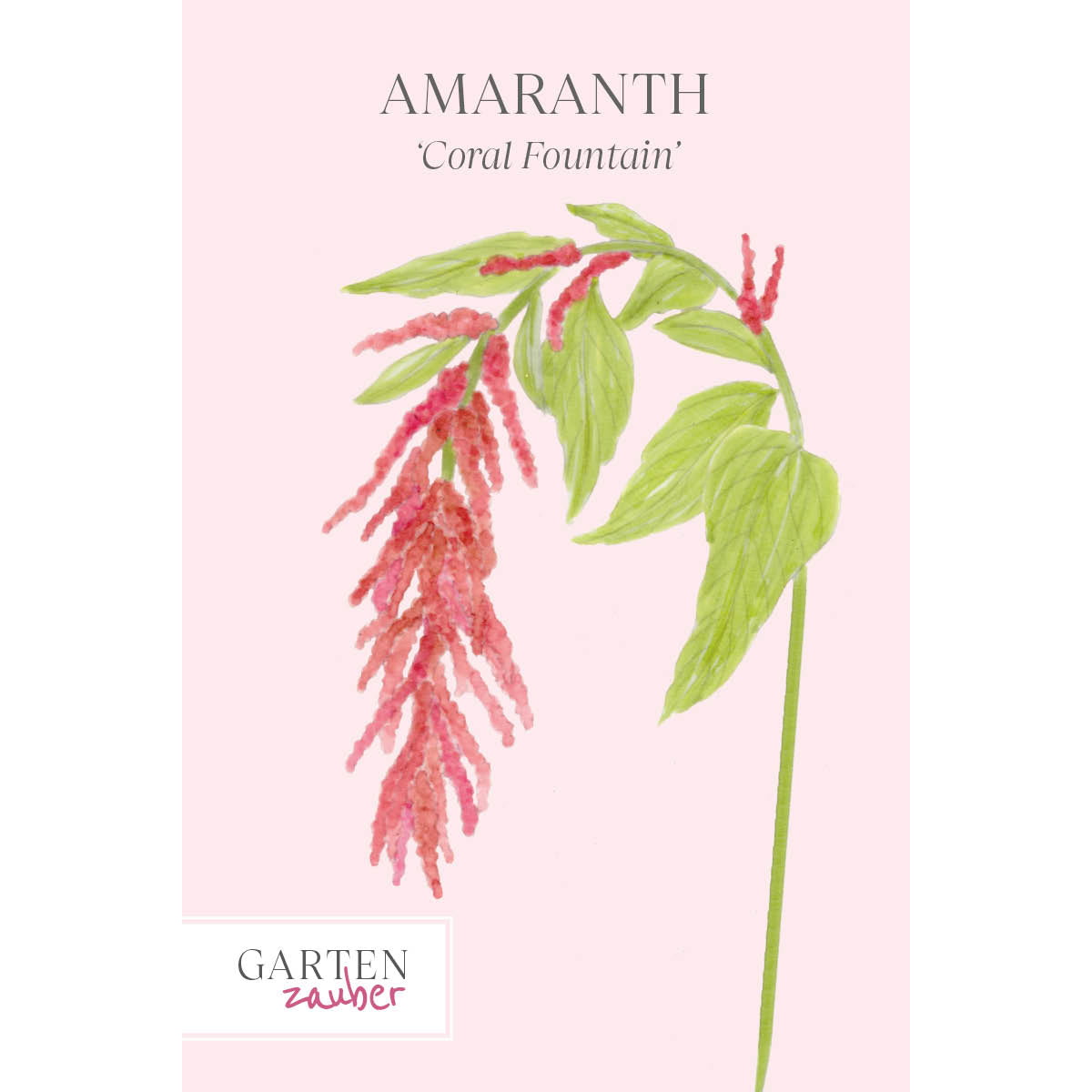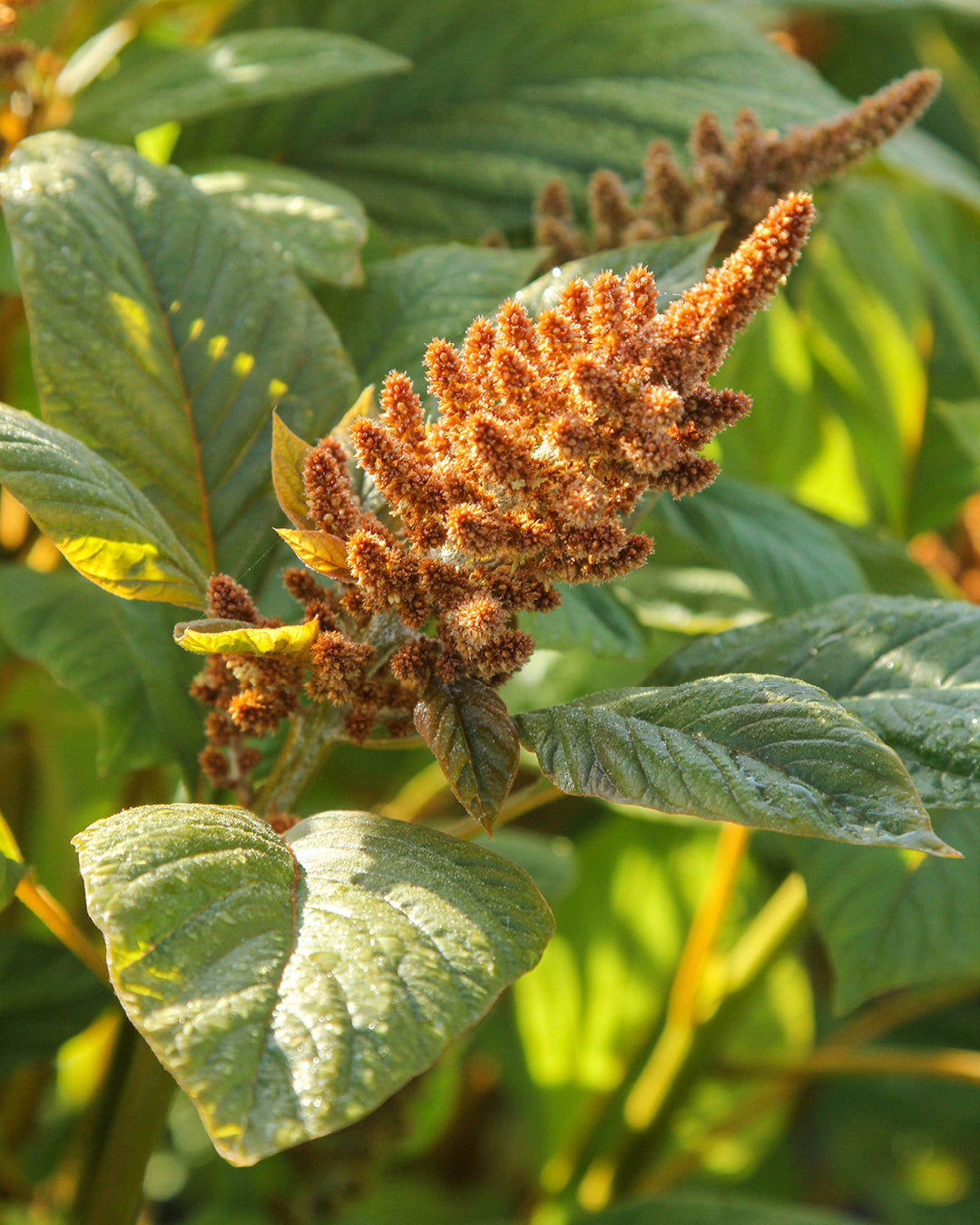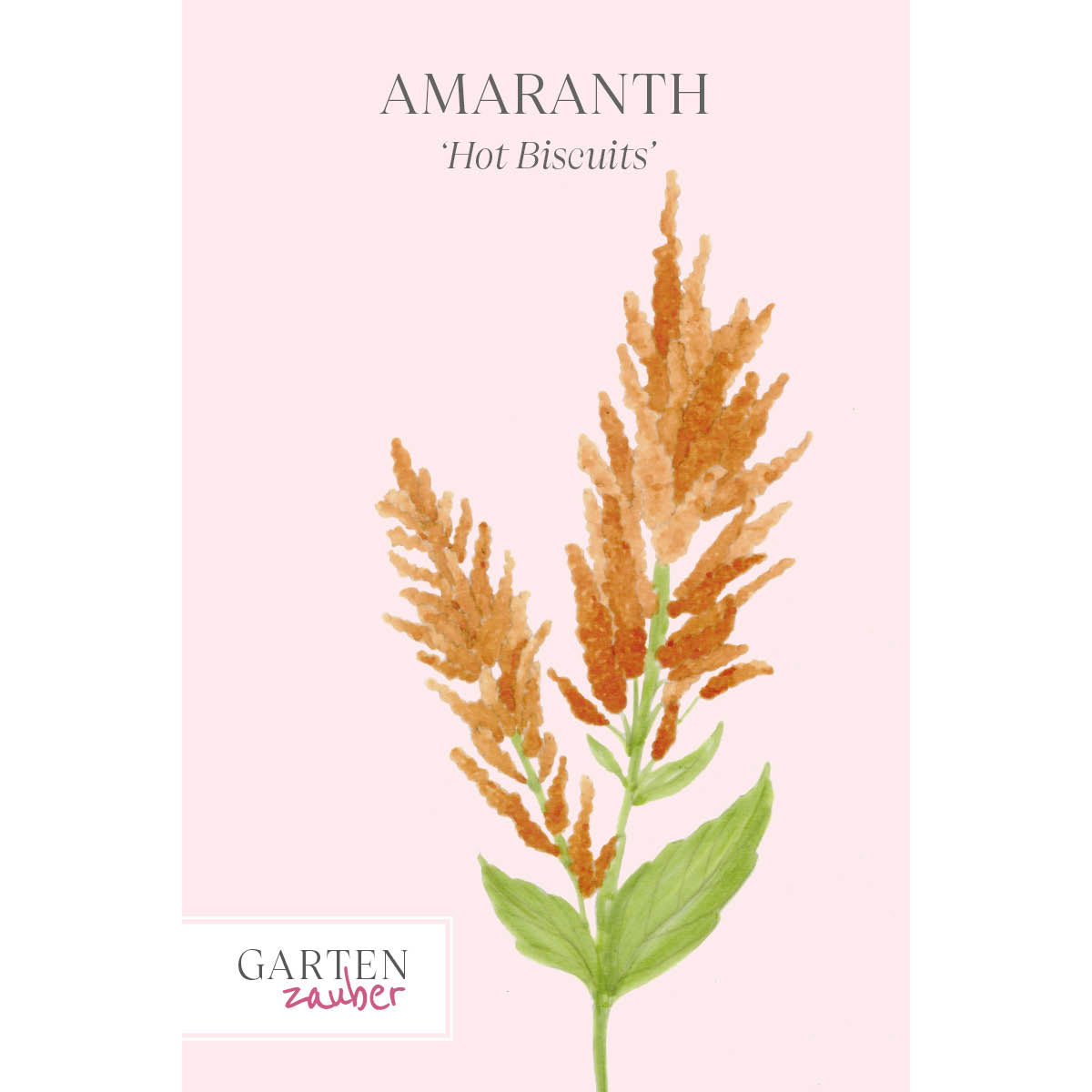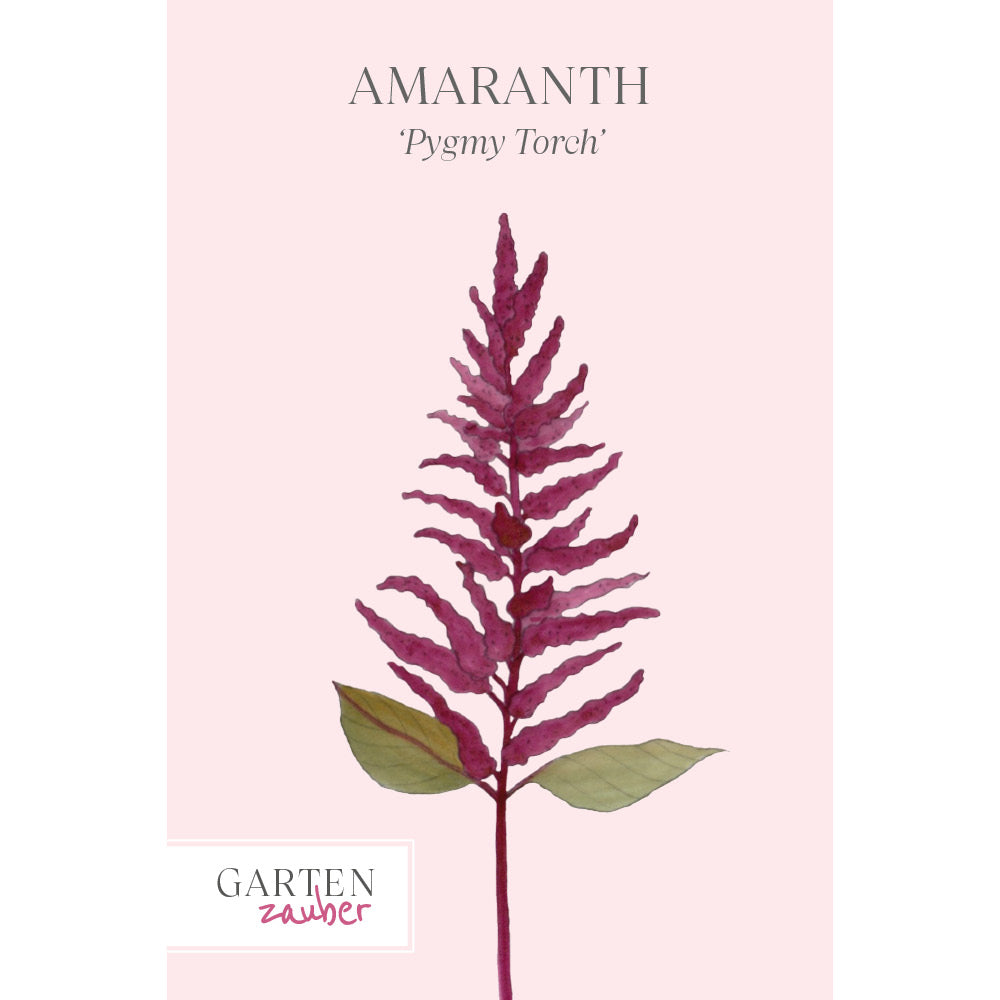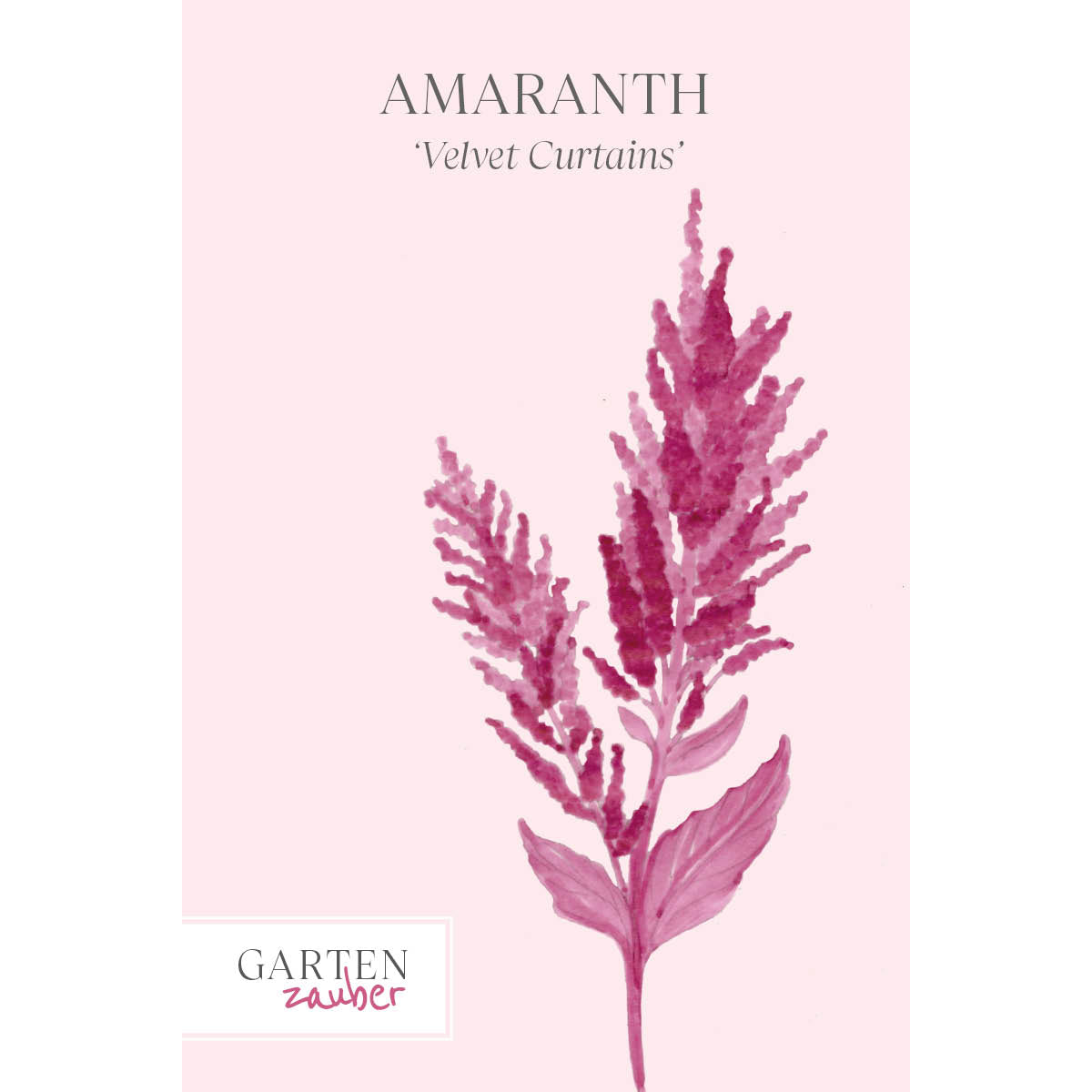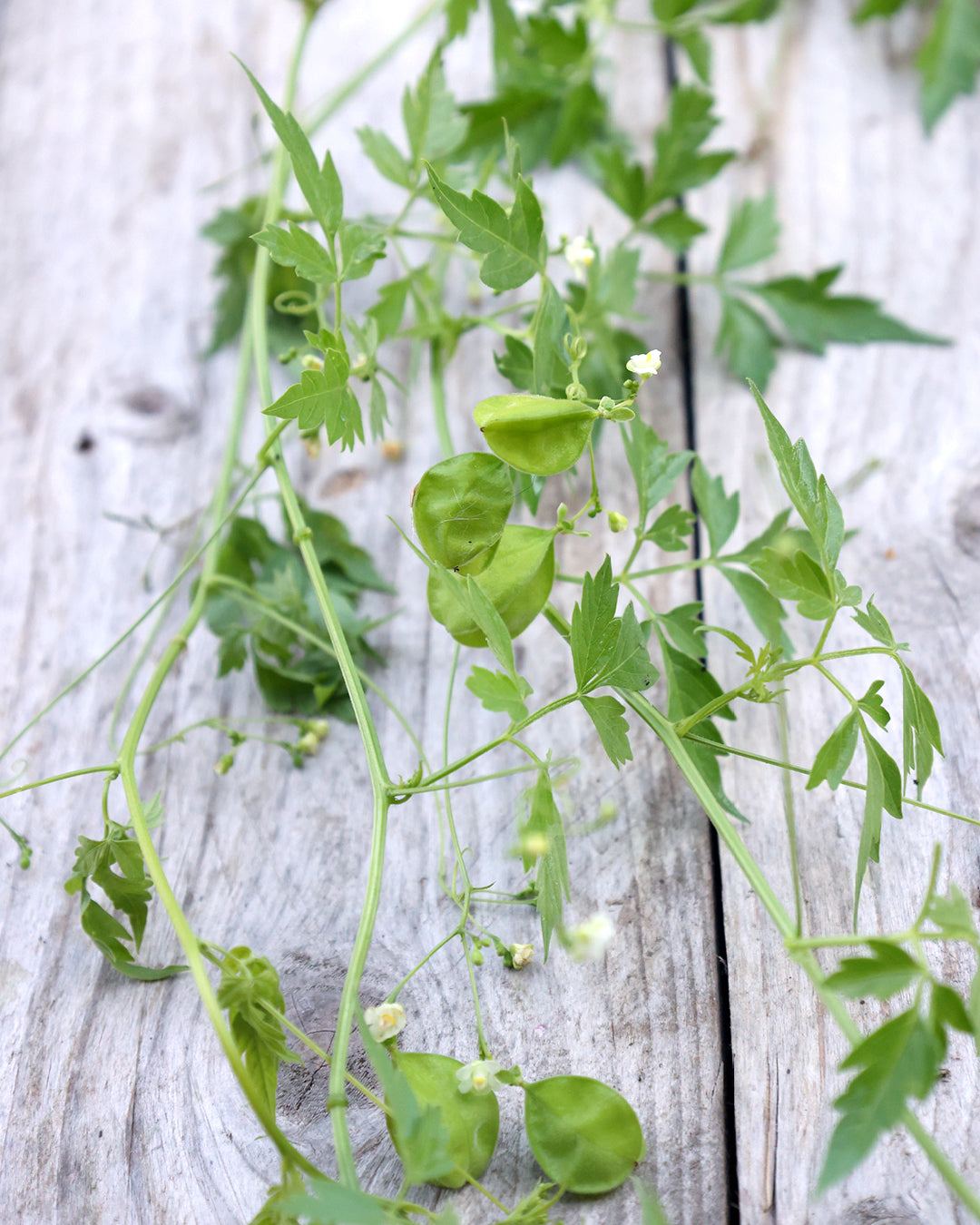Ladder to Heaven (Polemonium)
If you want a garden that's buzzing and humming with butterflies, Jacob's ladder, also known as Jacob's ladder, is a must-have in your perennial border. This hardy perennial belongs to the genus of sedgeworts. It thrives particularly well in cottage gardens, along pond edges, and in natural gardens.

Growth form
The upright, herbaceous, clump-forming ladder reaches a height of up to 90 cm. It has lanceolate, feathery leaves (up to 40 cm) that become increasingly smaller toward the flower tip.
blossom
The perennial's flowering period is limited to the period from late May to July. The pale blue flowers (approx. 1–2.5 cm) with their striking yellow stamens are arranged in panicles. Through breeding and hybridization of the ladder to heaven, white and pink varieties are now also available.
Location requirements
Ladders to Heaven prefer nutrient-rich, not too dry, and well-drained soil in sunny to partially shaded locations. Four to six plants are needed per square meter.
Care
Ladders of Heaven are relatively short-lived, but they self-seed prolifically, leaving their mark on the garden. Early pruning prevents uncontrolled seeding and encourages rebloom. Otherwise, Ladders of Heaven are relatively undemanding in terms of care. Dividing the plant (approximately every 2-3 years) increases its resilience.
Other species and recommended varieties
'Snow and Sapphires': This variety has blue flowers and white-edged, decorative leaves.
'Lambrook Mauve': It grows to approximately 50 cm tall and is prolific flowering. It has 2 cm large, lilac flowers and bronze-green leaves.
'Pink Beauty': This variety grows only 30 cm tall and has pale purple to pink flowers.
'Purple Rain': This variety is distinguished by its purple leaves. It grows to approximately 70 cm tall and has blue-violet flowers.
TEXT: Swantje Holtmann

Jacob's Ladder - Polemonium caeruleum
Jacob's Ladder, with its bell-shaped, pale blue blossoms, is an enchanting flower that blends perfectly into various floral arrangements in beds and bouquets. It brings freshness and lightness to the design and is particularly well-suited for summer arrangements. This bee-friendly plant adds not only natural but also playful charm.
Details:
Sowing indoors/greenhouse: February to March
Sowing outdoors: May
Germination time: 14 days at 16-18°C
Sowing depth: 1 cm
Height: 60-70 cm
Planting distance: 40-50 cm
Flower size: <5 cm
Flowering time: June to September
Soil: permeable, humus-rich, fresh
Fertilization: organic fertilizer, slow-release fertilizer
Location: Sun/partial shade
Water consumption: high, no waterlogging
Growing tips:
After sowing, the soil should always be kept slightly moist; it should never be allowed to dry out. Outdoors, choose a sunny to partially shaded location with well-drained soil. For abundant rebloom, the faded flower heads should be removed. Fertilizing is recommended.
No special protection is necessary in winter.
Use:
cut flower
Bee pasture
Bag contents:
Approx. 200 seeds
Store in a cool, dry place.

